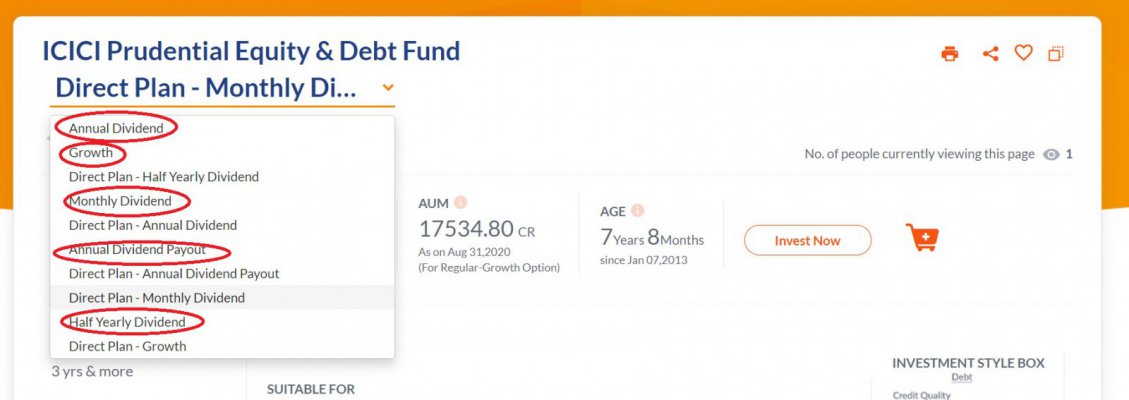Hi,
I’m actually wanting to start investing in a mutual fund... (SIP I guess?). Can anyone help me with a quick crash course on it? Something in lines of the following... (thanks a ton if you add something more!)
1. Can I start it up online? If yes, your recommendation of the financial institution?
2. How are the payments made? Is it monthly deducted from my account or up to me how much I want to contribute ?
3. What about withdrawing? Is there any vesting period that doesn’t allow withdrawal?
4. I hear a lot people creating a portfolio.. like put some money in Low Risk low yield, High Risk High Yield.. etc. How do I go about that? Or is it automatically done by the fund manager managing that fund ?
Sorry if some of the questions doesn’t make any sense... as mentioned I’m very ignorant to mutual funds.
Thanks in advance!
I’m actually wanting to start investing in a mutual fund... (SIP I guess?). Can anyone help me with a quick crash course on it? Something in lines of the following... (thanks a ton if you add something more!)
1. Can I start it up online? If yes, your recommendation of the financial institution?
2. How are the payments made? Is it monthly deducted from my account or up to me how much I want to contribute ?
3. What about withdrawing? Is there any vesting period that doesn’t allow withdrawal?
4. I hear a lot people creating a portfolio.. like put some money in Low Risk low yield, High Risk High Yield.. etc. How do I go about that? Or is it automatically done by the fund manager managing that fund ?
Sorry if some of the questions doesn’t make any sense... as mentioned I’m very ignorant to mutual funds.
Thanks in advance!




